SOC 220 Topic 3 DQ 1.,GRADED A.
Document Content and Description Below
Access and view the “GCU Statement on the Integration of Faith and Work” document. GCU believes that the Christian worldview offers the hope of restoration of families, communities, and societies.... How would a sociologist with this worldview explain the influence and impact of social deviance on society? What would their possible solutions to social deviance be? What historical solutions to control criminal deviance have been applied? Evaluate the results: Have they been effective or not? Explain your answer. Good evening professor and Classmates, After reading the Statement on the Integration of Faith and Work and doing some internal searching I came to the final conclusion that everything that was in the statement was what my father taught me as I was growing up. This was part of my reason for attending Grand Canyon University compared to the local universities here where I live at. If we want to reduce violent crime and other serious deviance, we must first understand why it occurs. Many sociological theories of deviance exist, and together they offer a more complete understanding of deviance than any one theory offers by itself. Together they help answer the questions posed earlier: why rates of deviance differ within social categories and across locations, why some behaviors are more likely than others to be considered deviant, and why some kinds of people are more likely than others to be considered deviant and to be punished for deviant behavior. However, if we back up to the historical solution Sociologist Emile Durkehim offered using functionality, then one can see how drastic times have changed. He approached the negative outburst happening in communities under the theory of Anomie. Basically, when people lose the ability to care about the norms in their environment, it creates the direct effect of sinister activities. Therefore, the government figure heads came up with the idea of banishment, make-shift prisons, and be-headings (Crossman, 2017). Sociological explanations highlight the importance of the social environment and of social interaction for deviance and the commission of crime. As such, they have important implications for how to reduce these behaviors. If we want to reduce violent crime and other serious deviance, we must first understand why it occurs. Many sociological theories of deviance exist, and together they offer a more complete understanding of deviance than any one theory offers by itself. Together they help answer the questions posed earlier: why rates of deviance differ within social categories and across locations, why some behaviors are more likely than others to be considered deviant, and why some kinds of people are more likely than others to be considered deviant and to be punished for deviant behavior. Anthony [Show More]
Last updated: 2 years ago
Preview 1 out of 1 pages

Buy this document to get the full access instantly
Instant Download Access after purchase
Buy NowInstant download
We Accept:

Reviews( 0 )
$16.00
Can't find what you want? Try our AI powered Search
Document information
Connected school, study & course
About the document
Uploaded On
Jun 04, 2021
Number of pages
1
Written in
Additional information
This document has been written for:
Uploaded
Jun 04, 2021
Downloads
0
Views
102


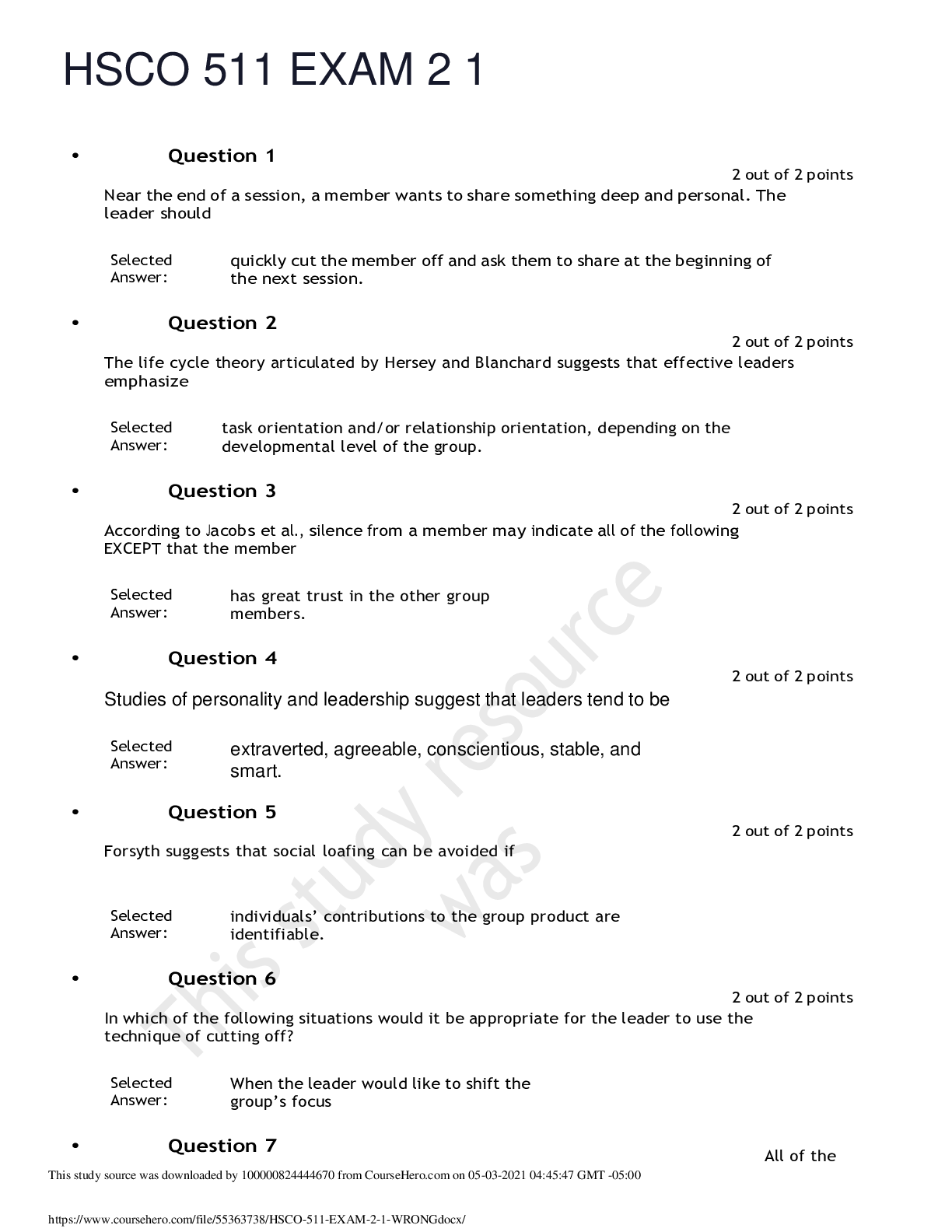


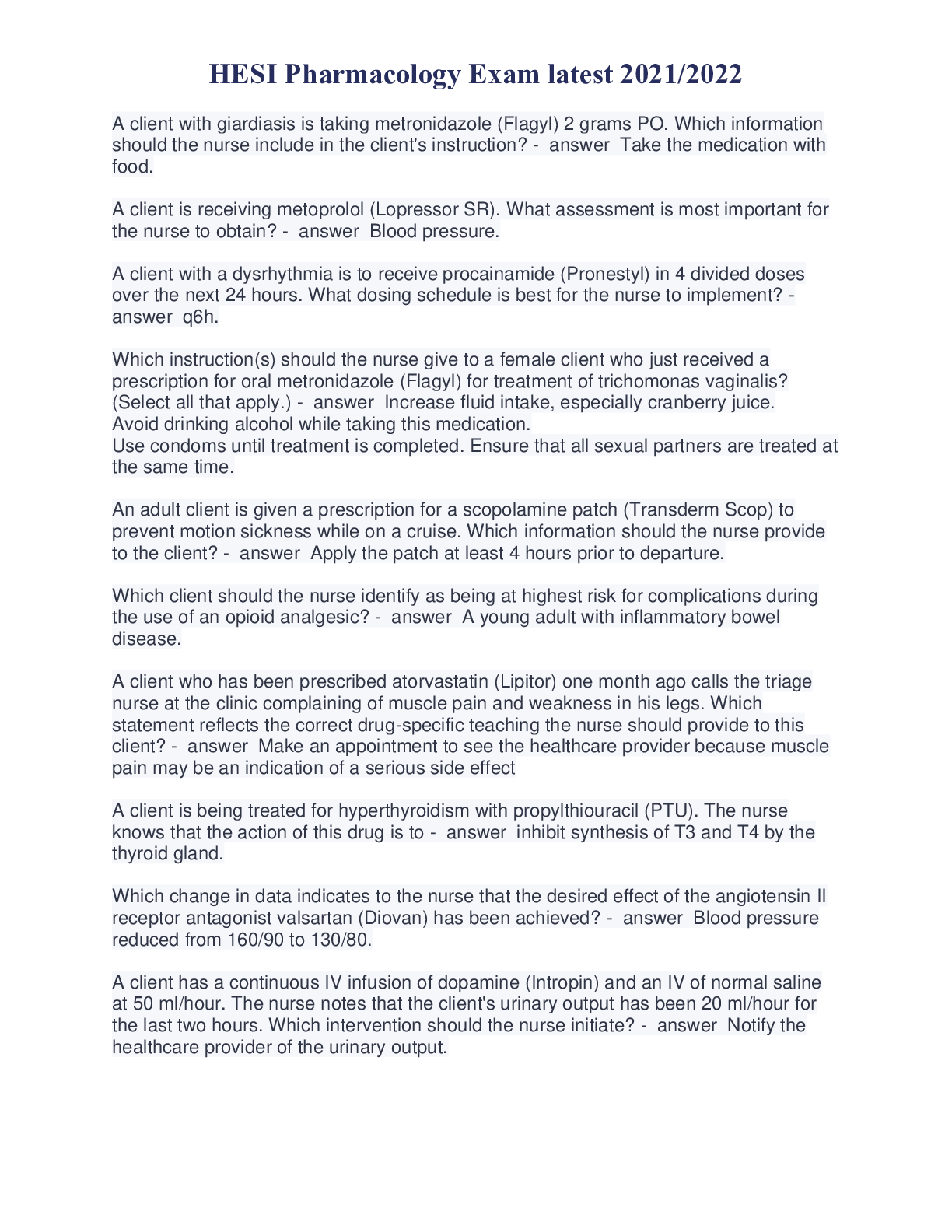
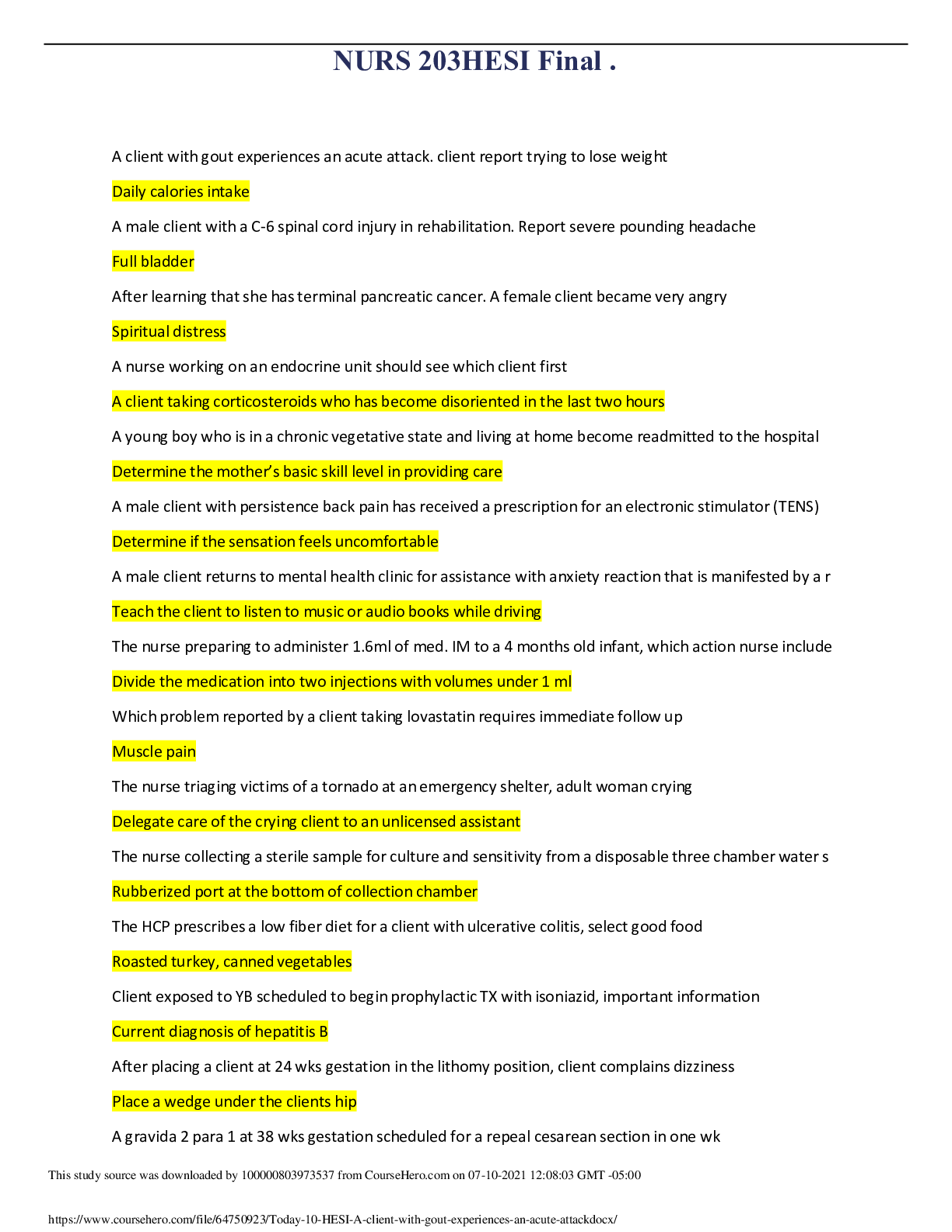



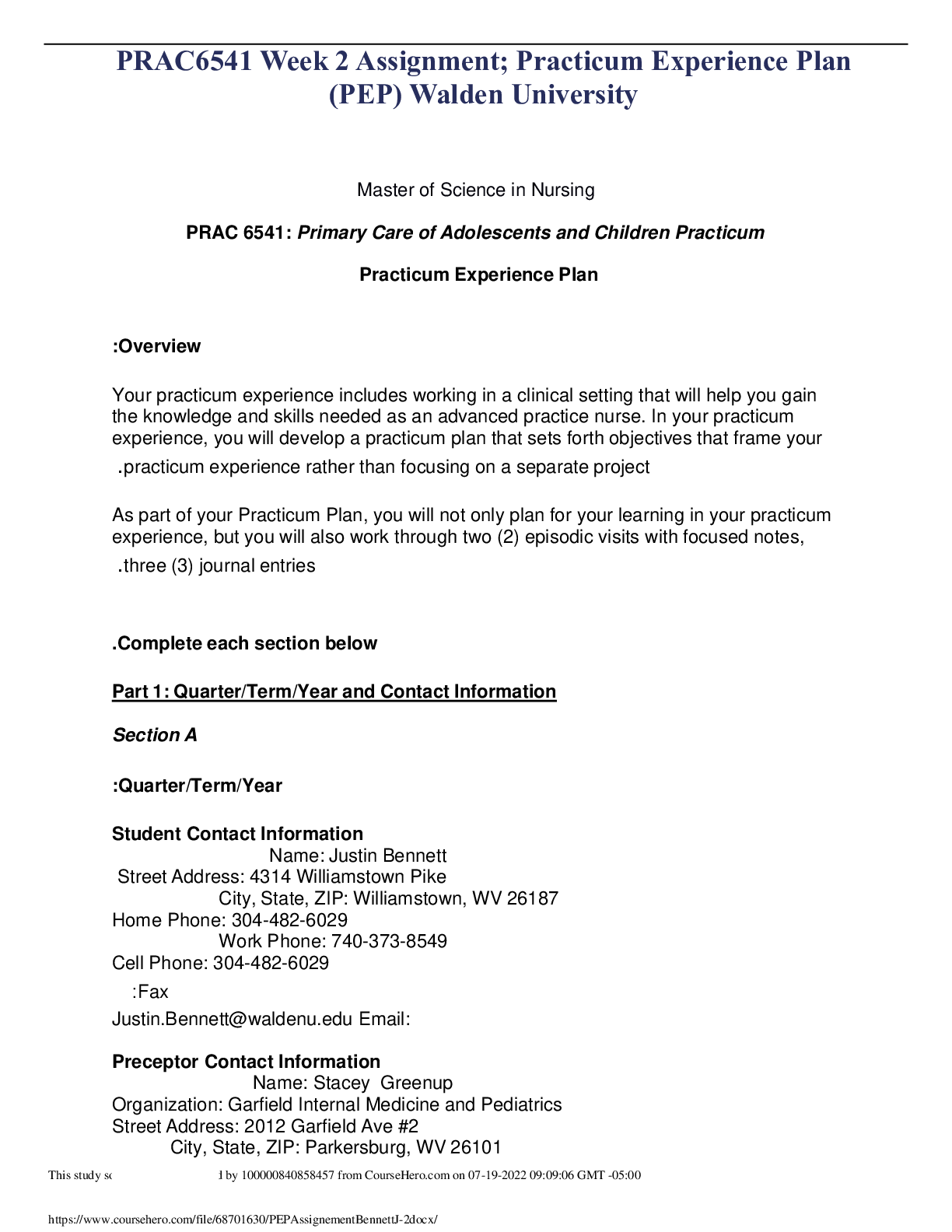
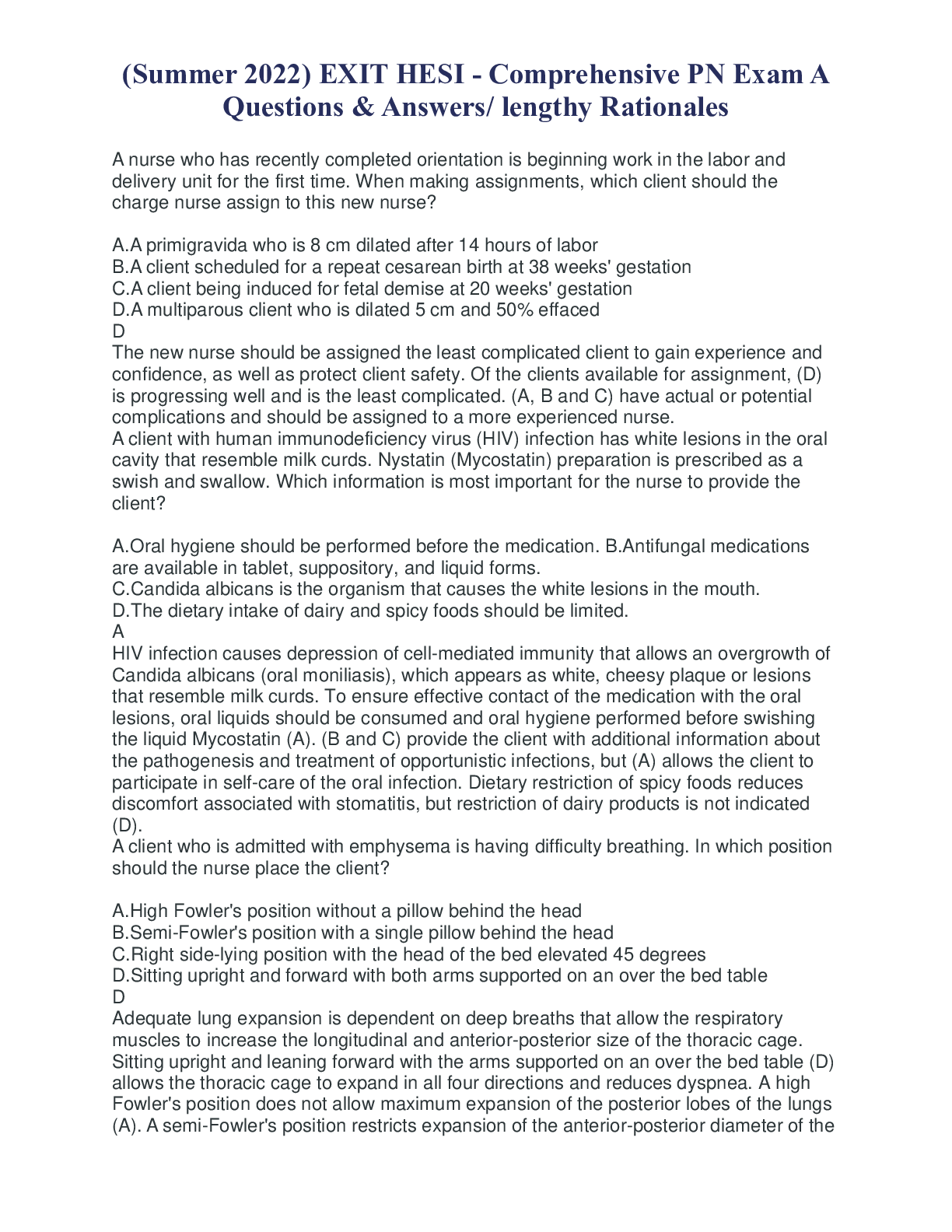
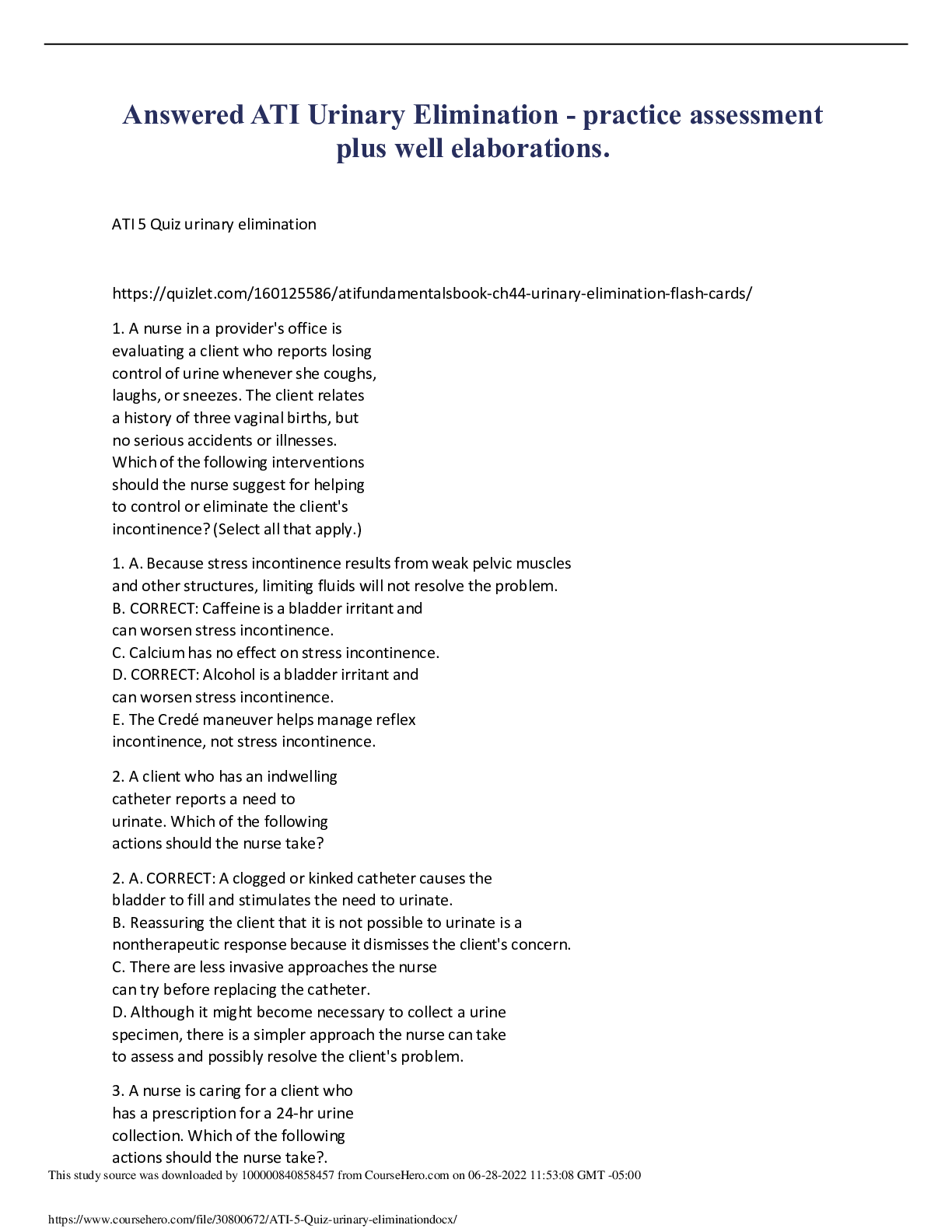





.png)

